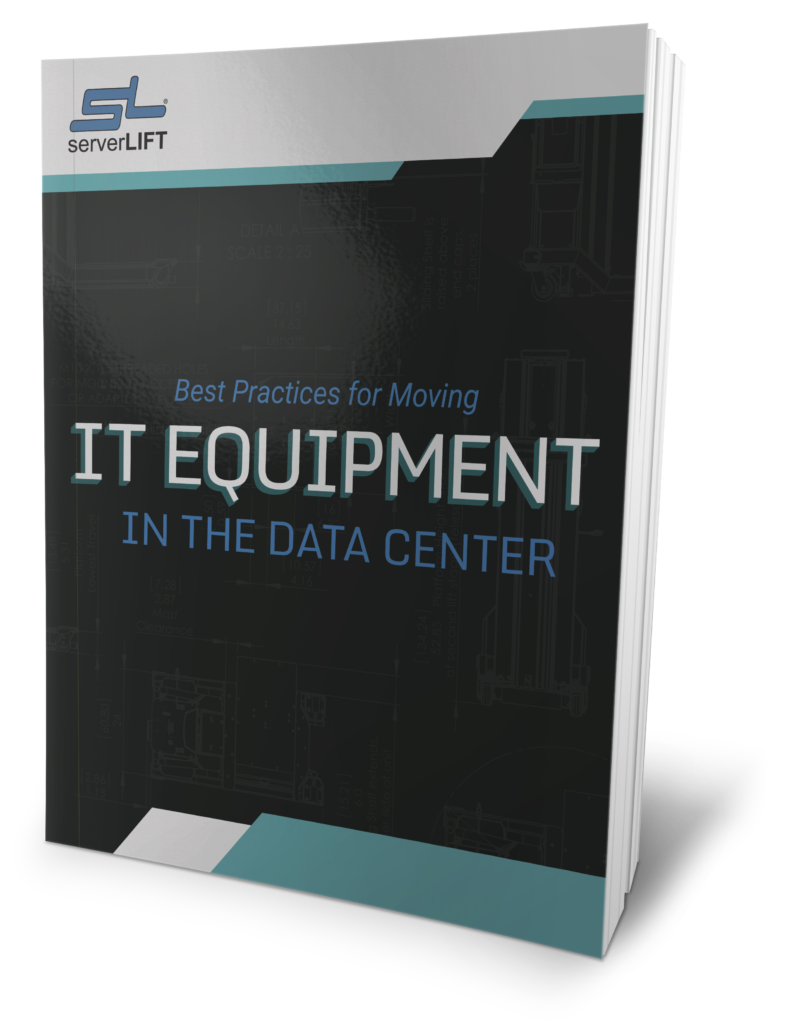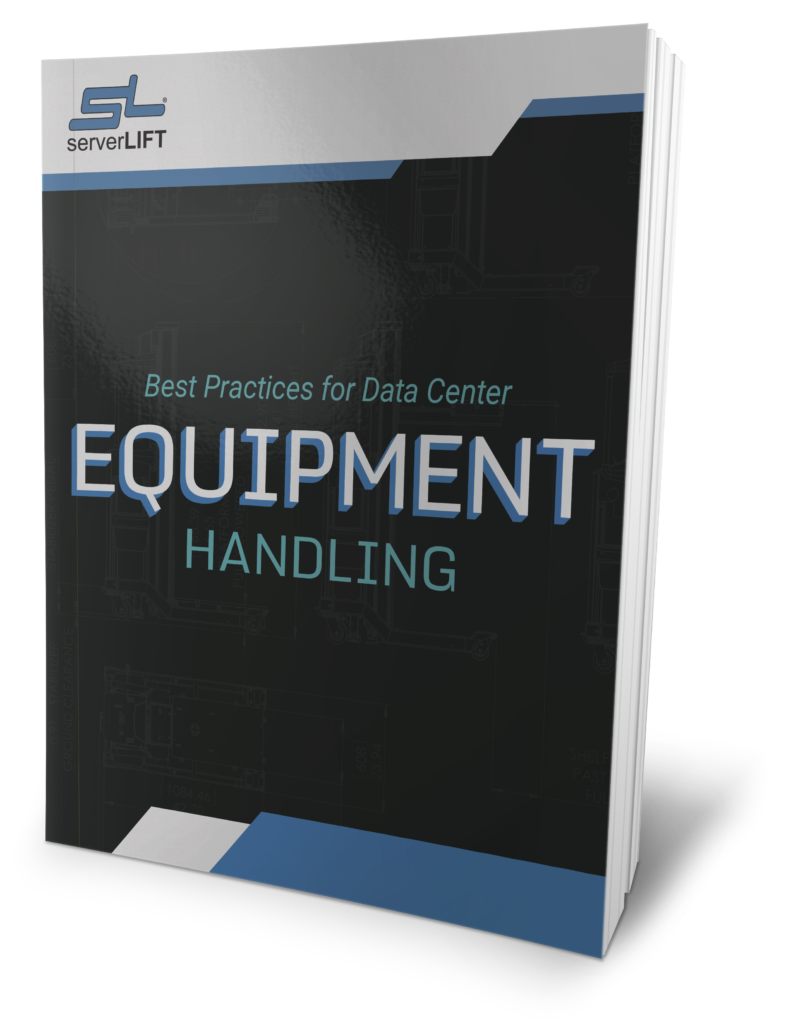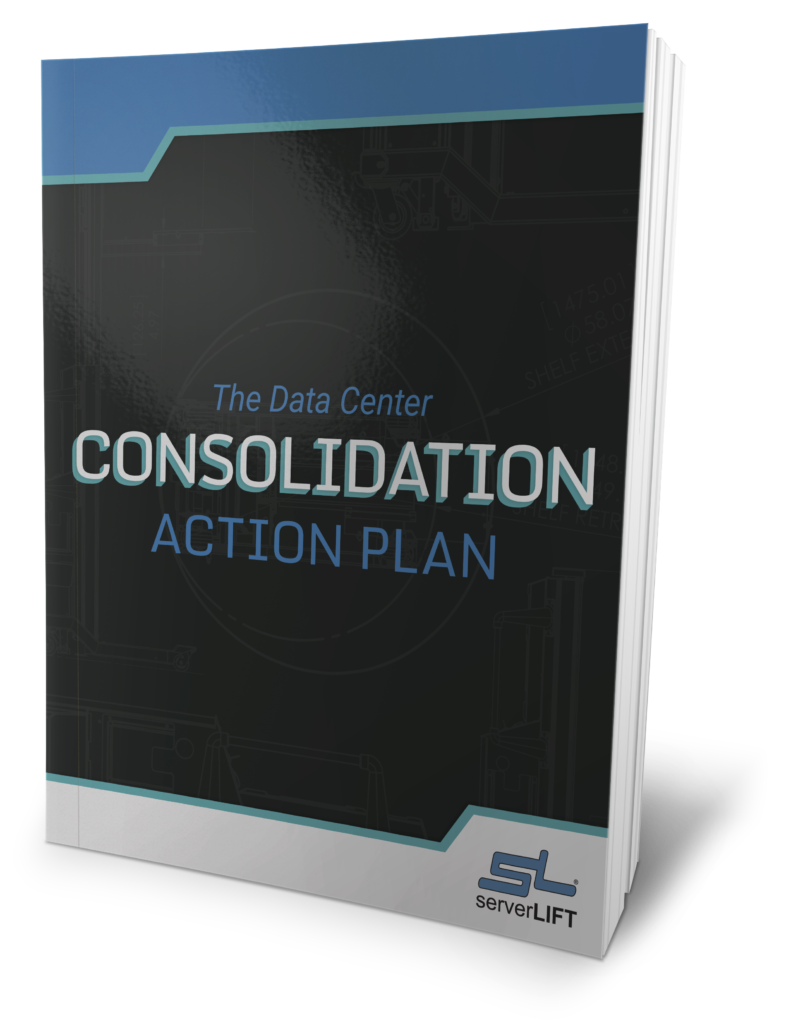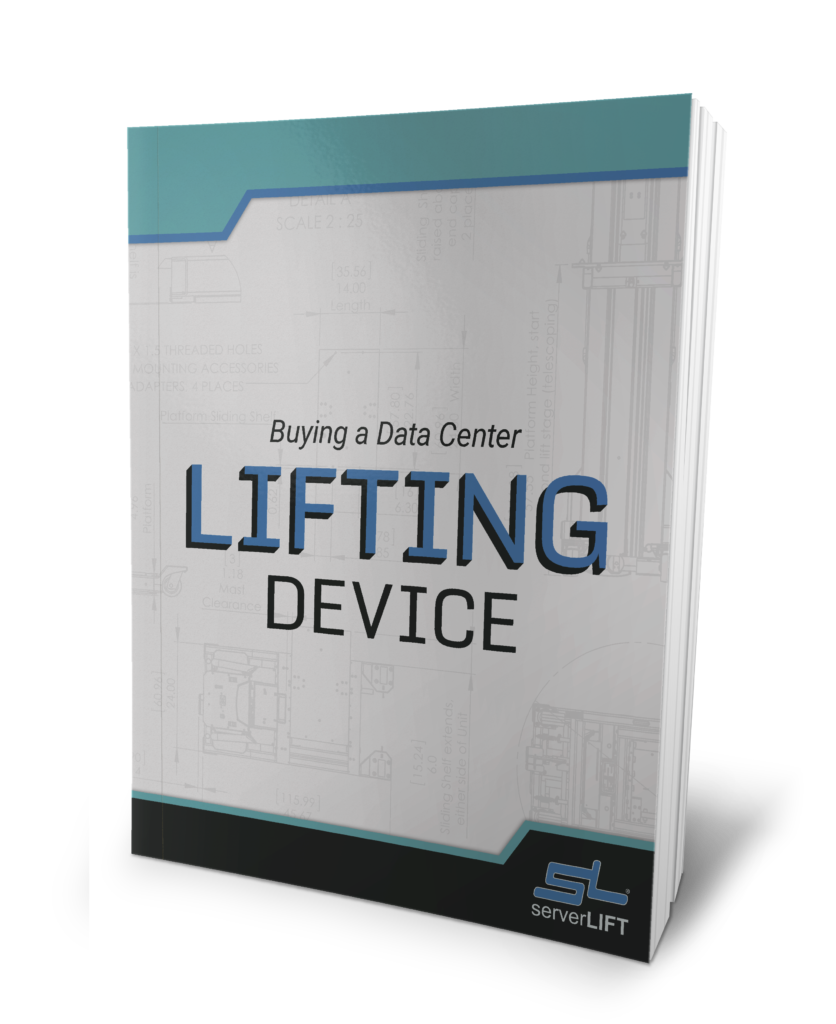Winter is here, and data centers can prepare themselves accordingly by channeling the excess heat generated from perkakasan pelayan to keep others warm during the season. The excess heat produced by server hardware during winter can help data centers save energy and become more Eco-friendly.
Server hardware can produce a lot of excess heat when running at peak capacity. Data center operators have to ensure that this excess heat does not overheat their server equipment. According to researchers from the University of Toronto’s Computer Science Department, not only do the world’s data centers use approximately 1 percent of the world’s electricity, but between 33 and 50 percent of a facility’s electricity bill typically goes toward powering cooling devices.
Most data center operators have begun looking at alternative means, such as cold air cooling and liquid-based systems, in order to keeping their server hardware at an ideal temperature range and to deal with rising costs. However, instead of seeing this heat as a threat that needs to be mitigated, others view it as a potential asset. Markku Vieri, Tieto’s director of data center services, stated “While this heat is a negative in the data center, it can be used to keep residences and other businesses warm”.
Heat Transfer Examples
Vieri said that Tieto’s data center in Helsinki, Finland, operates under such premise. At that facility, cold water is pumped in to cool the equipment. That water, now warmer than before, is then pumped to a separate facility that cools the water and transfers its heat into the municipal network. The cooled water is then circulated into the data center again to complete the cycle.
Tieto’s data center is far from the only one in the world using such configuration to cool server hardware. Intel’s data center in Israel uses a similar heat capture system to lower annual energy bills by around $235,000. The TELUS Garden complex in Vancouver also uses an on premises heat generated data center to help keep their locations, offices, and residences warm in a more Eco-friendly manner.
According to Intel, “Our system makes it possible to supply chilled and hot water to the building by using the same system; it eliminates the need to add boilers. By reducing fuel consumption, this system reduces emissions of CO2 and nitrogen oxides (NOx) and saves money. In addition, this system will help Intel achieve green certification for this facility, which in turn will support Intel’s environmental profile.”
For companies building new data centers in cold or temperate climates, instituting a heat transfer system is a great way to offset rising energy costs while lowering the heating bills at adjacent structures. In all but the warmest climates, the ROI may be short enough to gain wide adoption for this energy-saving technology.











